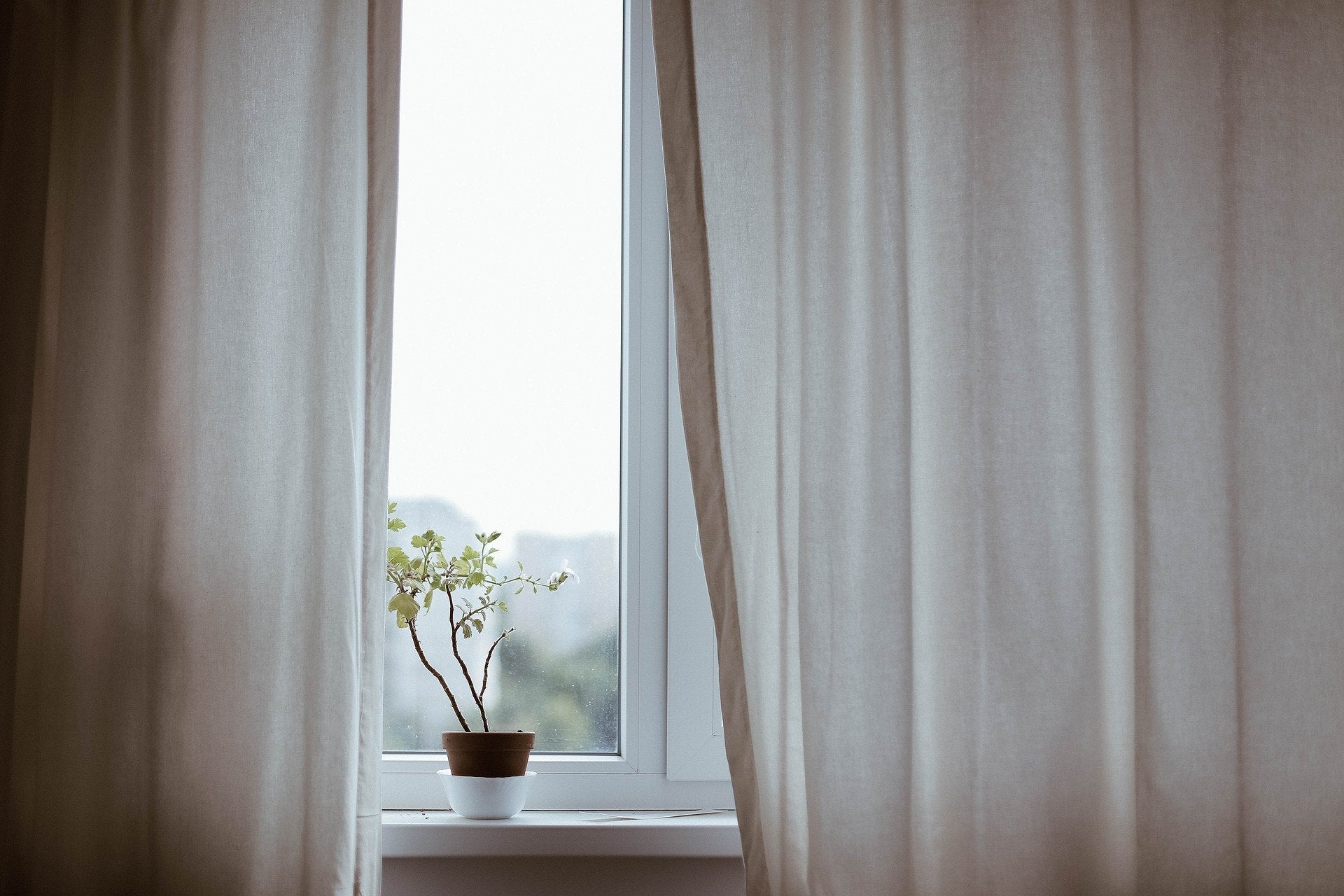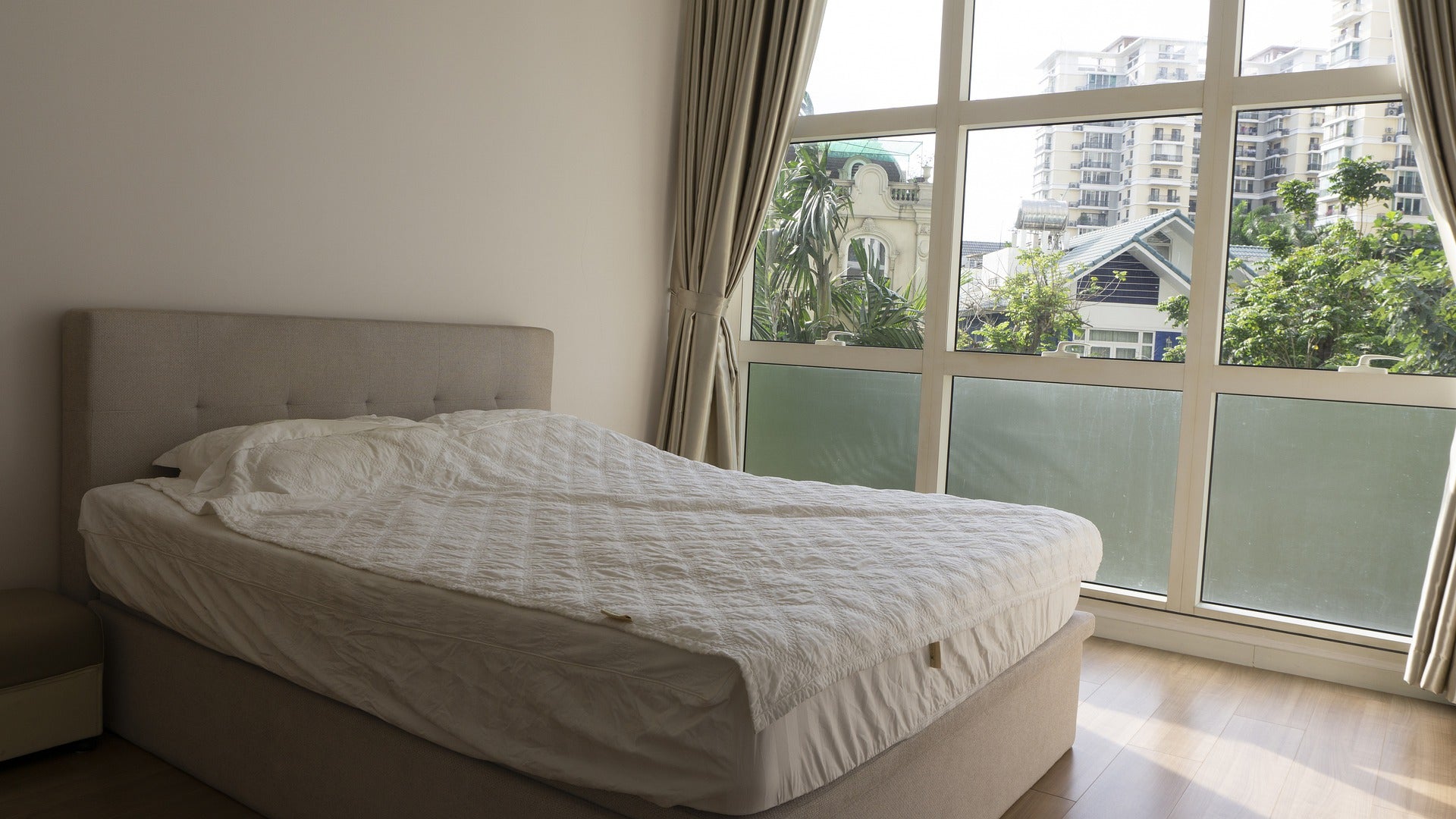
Hanging Curtains With a Valance: Complete Guide
You've got the furniture and the decor but what else completes the aesthetic of a room? Of course, there are curtain panels. These adaptable window coverings not only provide privacy, insulation, and noise reduction, but they also come in a range of materials, patterns, and colours, improving the mood of your area. We've developed a step-by-step tutorial on how to install curtains to help you gain all of these benefits and more. Read on to learn about appropriate curtain hanging measures, our preferred curtain hanging techniques, and which panel type looks best in your house.
Curtain Designs
One of the most fascinating aspects of curtain panels is that they are available in a variety of styles and patterns. It's crucial to pick a style that compliments the aesthetic of the area before determining where and how to display them. Not sure where to start? Not to worry. When selecting the best curtain panels for your house, keep the following considerations in mind.
Colors and patterns: Curtain panels can take up a lot of visual space and play an important part in the overall cohesion of a room. When looking for panels that would work best in the space, keep current colour schemes and décor in mind. Hanging curtains in a room with a neutral colour scheme? Maintain a clean look by using curtains in basic white, black, or grey. In a room with more whimsical accents—think colourful cushions, throw blankets, and wall art—try a different approach with panels in exciting motifs like stripes, zig zags, or ombre.
Size: Are you also unsure of the length? Take it slow. Panels that are excessively short disrupt the aesthetic flow of the space and are more difficult to modify. Curtain panels, like colours and patterns, come in a range of materials. The finest one is determined by your demands, personal style, and the atmosphere you want to create. The following are descriptions of five of the most often utilised materials.
- Silk: a traditional choice that adds a feeling of sophistication to your area. Silk curtains look especially good when pleated or puddled on the floor. Lining them is necessary if you want extra privacy because this material is somewhat translucent.
- Cotton: flexible and simple to clean, cotton panels adapt from casual to dressy with ease. They come in a various colours and designs, however cotton is stiffer than other textiles. Furthermore, because they are opaque, you may wear them with or without liners.
- Linen: Typically utilised in informal settings, linen's sheer and lightweight structure provides a light touch to the space.
- Velvet: a sumptuous option, the thick weight of velvet curtains adds a rich touch to your window. Though not required, adding liners adds to the formality of the velvet, especially when the drapes are pushed open.
- Sheer: Do you enjoy allowing natural light in? Sheer curtain panels contribute to the room's brightness. This material, like silk, is extremely translucent, so you'll need to invest in liners if you want extra privacy.

Window Treatment Accessorizing
Want to make your window treatment more fashionable? Choose accessories that represent your unique style, such as finials and brackets. Tie backs are also a fun and easy method to experiment with different designs in your house. Consider rope ones that give texture, or others made of multicoloured ribbon. Tie backs, in any case, assist to filter more natural light into the space while also giving each panel a pleasing swooping aspect.
How to Calculate the Correct Curtain Hanging Measurements
Before you begin hanging curtains, ensure sure the panels are large enough to cover the windows in your home. You don't want to get startled by a ray of sunshine that your curtains don't block, so measure your window measurements before buying or creating drapes. The overall width of your curtain panels should be around twice the width of the window. It is also critical to select the proper curtain length for your windows. In addition to looking unprofessional, too-small curtains visually reduce your area, making ceilings appear lower. Curtains that are too tiny can make the space appear smaller overall. Curtains that dangle on the floor may provide tripping hazards and accumulate dust more easily. Curtains should be slightly above the floor to achieve the optimal middle ground.

The Best Method for Hanging Curtains
Before you begin hanging your window coverings, ensure sure you have the necessary equipment. The curtain rod wall-mounting brackets should be half the length of the valance brackets. If your curtain brackets are 2 inches long, make your valance brackets 4 inches long. With a pencil and tape measure, mark the location of the first bracket. For longer curtains, raise the curtain rods higher over the window. Mark the first curtain bracket with a pencil, then repeat for the second. After marking, use a level to confirm that the two markings are aligned. Once the brackets are even, screw them into the wall. Just above the curtain rod, measure and mark the location for the valance brackets. Before drilling in the brackets, use a level to ensure proper alignment. If you have tab-top curtains, thread the curtain rod through the tabs and hang the curtain rod from the brackets. Attach the curtain rings or other curtain hardware to the drapes before connecting the hardware to the rod, and then hang the rod on the brackets. Depending on the kind of valance you've chosen, run the valance rod through the top of the valance or use curtain hardware to connect the valance to the rod. Connect the valance rod to the brackets and adjust the valance so that the fabric is uniformly distributed.


